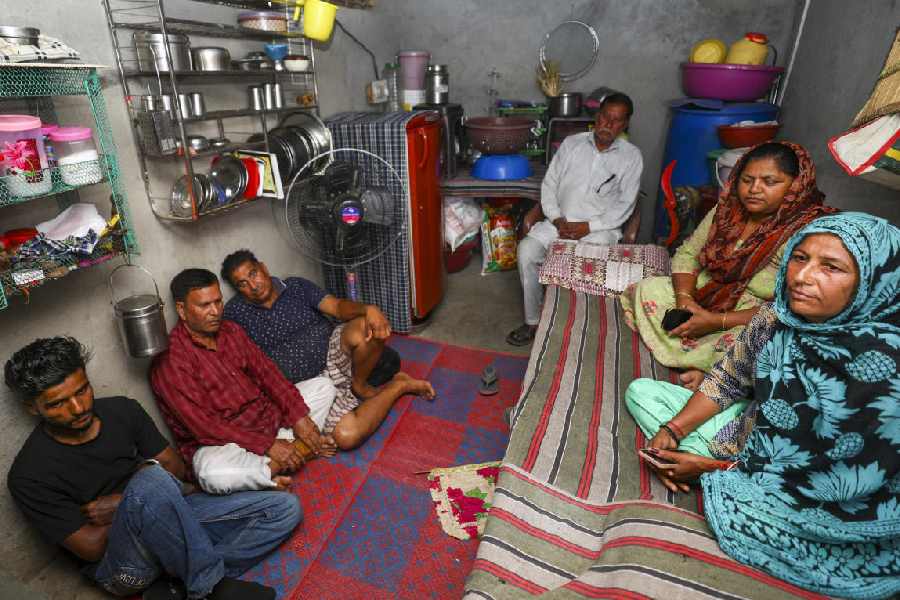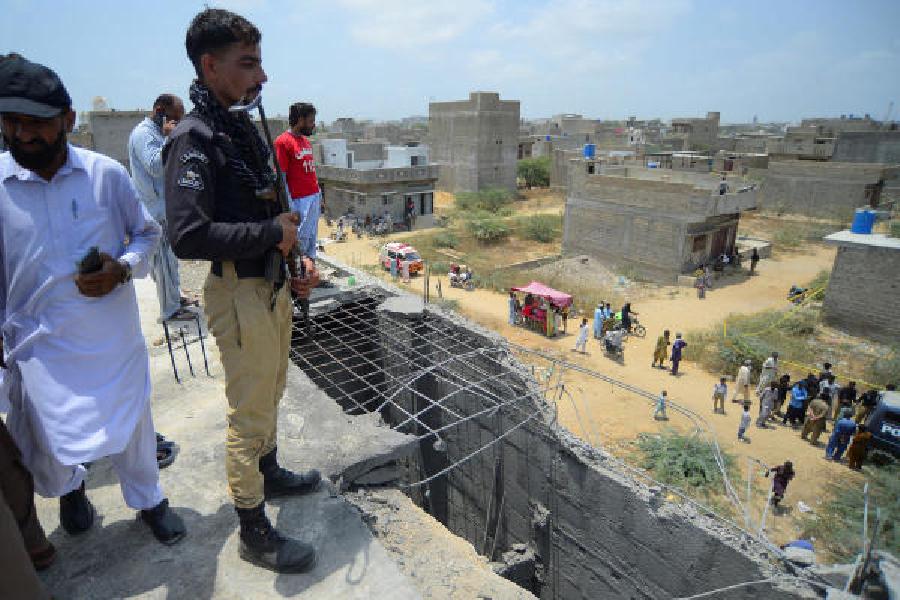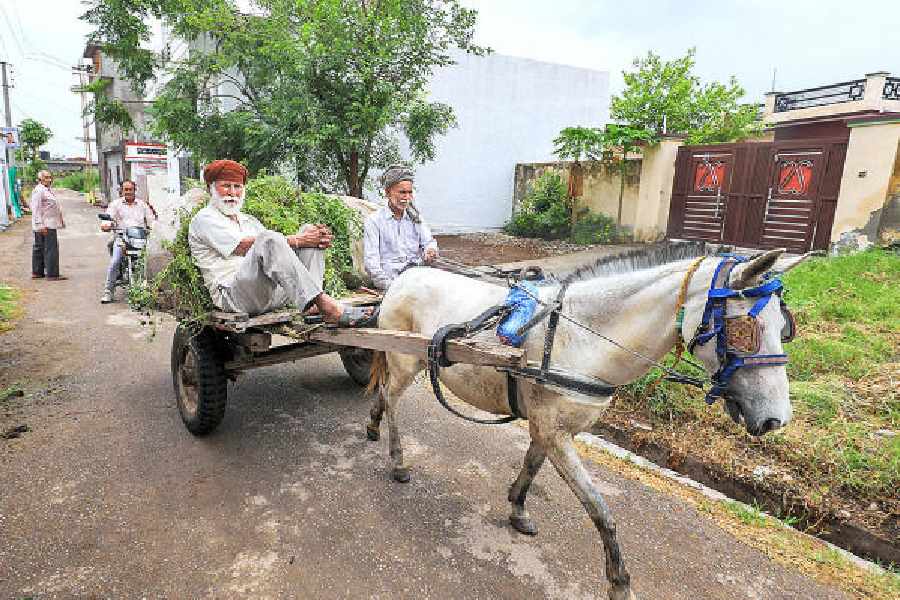 |
| Mishra in his office (PTI) |
Bhopal/Calcutta, Feb. 6: Atal Bihari Vajpayee’s nephew believes Ustad Allauddin Khan, the legendary musician, is a “Bangladeshi gayak”.
Anup Mishra’s belief would have counted for nothing had it not been for the fact that he’s also Madhya Pradesh’s minister for culture. In that position, he’s heading an effort to rename the Bhopal-based Ustad Allauddin Khan Sangeet Academy as Tansen Academy.
“Tathakathit intellectuals ke kahne par academy bana di Bangladesh gayak ke naam. Par kise prasanna kiya ja raha hai? Tansen ke naam par kyon nahin? (At the behest of so-called intellectuals, an academy was named after a Bangladeshi singer. Who did they try to please? Why not an academy in Tansen’s name)?” the minister asked.
A senior official in his ministry confirmed that a renaming exercise had got under way.
The academy was set up in 1979 when Shyama Charan Shukla, of the Congress, was the chief minister and named after Allauddin Khan possibly because Madhya Pradesh can legitimately claim the Ustad as its own as he spent much of the latter part of his life at Maihar.
Since Uma Bharti took charge after the recent elections in the state, there has been a flurry of changes, including turning two towns vegetarian.
Mishra has also been on a “cleansing” mission, banning books and magazines and suspending officials for allowing their sale from a government stall.
Describing Allauddin as a “Bangladeshi gayak” and replacing his name with that of
Tansen, the great musician in Mughal emperor Akbar's court, is a part of that exercise.
When Mishra’s statement was put to Bhimsen Joshi, a legend of our time, he would only mutter over and over again: “Nahin, nahin woh Bhartiya the.”
Joshi's concept of “Bhartiya” would, perhaps, not match Mishra’s image.
Mishra may also not be aware that Allauddin was called “baba (father)” by his disciples and almost everyone else.
Among those that learnt music at his feet are such names as Ali Akbar Khan and Annapurna Devi, who were his children, Ravi Shankar, who later became his son-in-law, Nikhil Banerjee and Timir Baran.
Leading vocalist Ajay Chakraborty said: “If he is a Bangladeshi, Satyajit Ray is also a Bangladeshi. Another hrishi (saint) such as him hasn’t been born in India. No musician is going to accept this.”
While any debate on whether Allauddin, who learnt his music first in Calcutta and in Rampur, was a Bangladeshi or not may be ridiculous, it must be stated that the Ustad himself has caused some confusion by going on record in two publications that Shibpur, his home village, 20-odd miles from Agartala, was in Tripura.
Elsewhere, it has been mentioned that Shibpur is in neighbouring Comilla, now a district in Bangladesh.
In any case, he was born in 1862 - though there seems to be some confusion about the date of birth — when there was no Bangladesh, which Vajpayee’s nephew must be aware of unless, of course, by referring to someone as “Bangladeshi” he is trying to say something else.
It is not known if Mishra is aware that Allauddin was a frequent visitor to Sharda Peeth, which is revered by Uma Bharti, too. Along with saying his namaaz, the Ustad performed puja every day.
While he took his job as a musician at the Rampur court, he sought Saraswati’s blessings and played the veena, which requires offering of puja to the goddess.
After his death in 1972, Ravi Shankar described him as a “devout Hindu, devout Muslim”.
It’s a concept that may have fallen out of fashion.










